I planned my Asia trip around two Dragoman trips I wanted to do which coincided with prime times of year to go on them – the winter months for the three month loop of India and May into June for Tibet to China. In between the two I wanted to do the Annapurna Circuit trek in Nepal and also see several other South Asian countries (while I was in the neighborhood). With that in mind I booked two trips with a British tour company named Explore for March into early April, one for 12 days in Bangladesh and one for three weeks in Sri Lanka and the Maldives.
About the middle of January I got word from Explore that they were forced to cancel the Bangladesh trip due to a foreign service warning against travel there because of post-election violence and strikes
. I'd receive a full refund for the tour. That created a dilemma. Do I go to Bangladesh anyway and attempt to travel around on my own? Do I just fly to another country I haven’t been to during those two weeks? Cambodia seemed like an interesting possibility because I haven’t been there and it’s visa-on-arrival so easy bureaucratically in a way some other Asian countries are not.
I decided to spend the time in early March in Nepal instead and do a practice trek in the Langtang Valley in preparation for my longer and higher altitude Annapurna Circuit trek in April. I talked Tim, my tour leader through India, into joining me for the trek during his time off between tours, but he had to cancel at last minute because of issues with getting truck parts through customs in Kathmandu.
The Langtang Valley is the trekking region nearest to Kathmandu. It is directly to the north of Kathmandu so doesn’t require long distance travel east or west in the country to get there
. Langtang is the third most popular trekking area in Nepal after the Everest and Annapurna regions. It is possible in warmer trekking months like April, May, and October to trek more widely in the region, but passes were still snowbound in early March, so my trek would have to be an in-and-out one up and down the valley rather than a loop of some sort.
My trek in Langtang lasted 8 days. I am breaking the trek up into three blog entries for lower, middle, and upper parts of the valley. The scenery was stunning, so I had great difficulty paring down the photographs I chose to include in the blog. Hence, there are lots of pictures.
I spent a few days in Kathmandu relaxing and getting my trekking permits in order and also acquiring necessary gear such as warm gloves, trekking poles, and a winter coat to replace the one that disintegrated on me before I left for Asia. I decided to take the public bus to the start of the trek despite warnings against doing so
. Yes, the bumpy seven-hour journey (including stops for lunch and trekking permit and national park checkpoints) was every bit as terrifying as I was warned about with a maniac of a bus driver who honked his horn at blind curves rather than slowing down and a long stretch of cliffside gravel road on which the bus swayed wildly from side to side. I’m glad I wasn’t one of the locals sitting on the roof for the ride. Incidentally, I managed to avoid the bus on the way back a week later by reserving a place in a shared Jeep for only about $2 more than the public bus.
The trek began at the end of the bus line in a busy town named Syabubresi, a mostly Tamang village. While the area to the north and west of the town is mostly ethnic Tamang, where a culturally-oriented trek called the Tamang Heritage Trail can be done, the 1,000 or so residents lightly populated Langtang Valley are almost entirely of Tibetan ethnicity. Despite the massive ups and downs on the bus trip, Syabrubesi is only slightly higher in elevation than Kathmandu and actually lower than my home city of Denver, Colorado
.
On the bus I met an Australian photojournalist named Jo who asked to trek with me, and we decided to forge ahead for a couple hours after getting off the bus in mid-afternoon rather than waiting until morning. Jo quickly got bored of my slow pace and went ahead. We decided to meet up in the evening, though, at a place called Pairo, a small settlement of a few guesthouses. At dinner Jo’s interest in trekking with me despite her apparently very independent nature became clear. I had not heard about any incidents in Langtang Valley, but several people have apparently gone missing in recent years in the valley. I am glad I didn’t know the details until I Googled them when I got back to Kathmandu after the trek, but one was a young Belgian woman whose body was found decapitated and mutilated, another a University of Colorado student who was never found.
The thick moss covered forests of the lower Langtang Valley do at times have a bit of an eerie feel
. The lower part of the valley below about 10,000 feet or so appears to have not been glaciated so has a narrow V-shape to it and is in shadow of the mountains for much of the day. I got an early start on my second day, Jo passing me after about an hour or so, for the long steady climb up the valley. Our lunch stop was at Lama Village for some delicious Sherpa stew and evening at a small clearing named Ghora Tavola with two guesthouses.
Ghora Tavola is at about 10,000 feet, so I hiked up well over 4,000 feet that day and was thoroughly exhausted. The night was the first of several bitterly cold ones in unheated guesthouses, in contrast to the relatively balmy first night in Pairo. Light snow started falling during dinner with about two inches by morning to create a winter wonderland environment to set off on the trail.
Langtang Valley Trek Part I - The Low Country
Monday, March 03, 2014
 Shyaphrubesi, Central Region, Nepal
Shyaphrubesi, Central Region, Nepal
Other Entries
-
40Pondicherry - A Bit of France in India
Jan 2735 days prior Pondicherry, Indiaphoto_camera31videocam 0comment 0
Pondicherry, Indiaphoto_camera31videocam 0comment 0 -
41Mamallapuram - Seaside Temples in Stone
Jan 2834 days prior Mamallapuram, Indiaphoto_camera49videocam 0comment 0
Mamallapuram, Indiaphoto_camera49videocam 0comment 0 -
42Chennai - India's Fourth Biggest City
Jan 3032 days prior Chennai (Madras), Indiaphoto_camera53videocam 0comment 0
Chennai (Madras), Indiaphoto_camera53videocam 0comment 0 -
43Tirumala - World's Most Visited Pilgrimage Site
Jan 3131 days prior Tirupati, Indiaphoto_camera8videocam 0comment 0
Tirupati, Indiaphoto_camera8videocam 0comment 0 -
44Andhra Pradesh - Two Days Transit in Eastern India
Feb 0229 days prior Visakhapatnam, Indiaphoto_camera24videocam 0comment 0
Visakhapatnam, Indiaphoto_camera24videocam 0comment 0 -
45Gaudaguda - Paroja Tribal Villages and Markets
Feb 0427 days prior Rāyagada, Indiaphoto_camera96videocam 0comment 0
Rāyagada, Indiaphoto_camera96videocam 0comment 0 -
46Paroja Tribal Wedding Celebration
Feb 0526 days prior Rayagada, Indiaphoto_camera36videocam 0comment 0
Rayagada, Indiaphoto_camera36videocam 0comment 0 -
47Tribal Hill Country of Odisha State
Feb 0625 days prior Bissamcuttack, Indiaphoto_camera53videocam 0comment 0
Bissamcuttack, Indiaphoto_camera53videocam 0comment 0 -
48Gopalpur - Orissa Seaside Village
Feb 0724 days prior Gopālpur, Indiaphoto_camera55videocam 0comment 0
Gopālpur, Indiaphoto_camera55videocam 0comment 0 -
49Chillika Lake - Largest Brackish Lake in Asia
Feb 0823 days prior Gamandia, Indiaphoto_camera51videocam 0comment 0
Gamandia, Indiaphoto_camera51videocam 0comment 0 -
50Puri - Eastern India's Holy Hindu City
Feb 0922 days prior Puri, Indiaphoto_camera47videocam 0comment 0
Puri, Indiaphoto_camera47videocam 0comment 0 -
51Konark - Seaside Temple of the Sun
Feb 1021 days prior Konark, Indiaphoto_camera48videocam 0comment 0
Konark, Indiaphoto_camera48videocam 0comment 0 -
52Kolkata - India's Cultural Capital
Feb 1219 days prior Kolkata (Calcutta), Indiaphoto_camera107videocam 0comment 0
Kolkata (Calcutta), Indiaphoto_camera107videocam 0comment 0 -
53Darjeeling - The Raj's Premier Indian Hill Town
Feb 1516 days prior Darjeeling, Indiaphoto_camera69videocam 0comment 0
Darjeeling, Indiaphoto_camera69videocam 0comment 0 -
54Karmi Farm - Relaxation and Trekking in the Hills
Feb 1813 days prior Bijanbāri Bāzār, Indiaphoto_camera96videocam 0comment 0
Bijanbāri Bāzār, Indiaphoto_camera96videocam 0comment 0 -
55Sikkim - India's Himalayan Mountain Kingdom
Feb 229 days prior Gangtok, Indiaphoto_camera40videocam 0comment 0
Gangtok, Indiaphoto_camera40videocam 0comment 0 -
56Closing the Circle - The Road Back to Kathmandu
Feb 256 days prior Hitura, Nepalphoto_camera20videocam 0comment 0
Hitura, Nepalphoto_camera20videocam 0comment 0 -
57Langtang Valley Trek Part I - The Low Country
Mar 03 Shyaphrubesi, Nepalphoto_camera59videocam 0comment 0
Shyaphrubesi, Nepalphoto_camera59videocam 0comment 0 -
58Langtang Valley Trek Part II - Central Valley
Mar 052 days later Langtang National Park, Nepalphoto_camera113videocam 0comment 0
Langtang National Park, Nepalphoto_camera113videocam 0comment 0 -
59Langtang Valley Trek III - Among Himalayan Peaks
Mar 085 days later Langtang National Park, Nepalphoto_camera120videocam 0comment 0
Langtang National Park, Nepalphoto_camera120videocam 0comment 0 -
60Negombo - The Rome of Sri Lanka
Mar 1512 days later Negombo, Sri Lankaphoto_camera40videocam 0comment 0
Negombo, Sri Lankaphoto_camera40videocam 0comment 0 -
61Wilpattu - Leopard Spotting
Mar 1714 days later Wilpattu National Park, Sri Lankaphoto_camera29videocam 0comment 0
Wilpattu National Park, Sri Lankaphoto_camera29videocam 0comment 0 -
62Arunadhapura - Ruins of Sri Lanka's First Capital
Mar 1815 days later Anuradhapura, Sri Lankaphoto_camera40videocam 0comment 0
Anuradhapura, Sri Lankaphoto_camera40videocam 0comment 0 -
63Dambulla - Buddhist Mountaintop Cave Temples
Mar 1916 days later Dambulla, Sri Lankaphoto_camera29videocam 0comment 0
Dambulla, Sri Lankaphoto_camera29videocam 0comment 0 -
64Polonnaruwa - Anicent Ruins & Elephant Safari
Mar 2017 days later Polonnaruwa, Sri Lankaphoto_camera46videocam 0comment 0
Polonnaruwa, Sri Lankaphoto_camera46videocam 0comment 0 -
65Sigiriya - Sri Lanka's Rock Top Fortress
Mar 2118 days later Sigiriya, Sri Lankaphoto_camera25videocam 0comment 0
Sigiriya, Sri Lankaphoto_camera25videocam 0comment 0 -
66Kandy - Sri Lankan Cultural Capital
Mar 2219 days later Kandy, Sri Lankaphoto_camera74videocam 0comment 0
Kandy, Sri Lankaphoto_camera74videocam 0comment 0 -
67Adams Peak - Where Adam Landed on Earth
Mar 2421 days later Hatton, Sri Lankaphoto_camera33videocam 0comment 0
Hatton, Sri Lankaphoto_camera33videocam 0comment 0 -
68Sri Lanka Central Highlands - Tea Country
Mar 2522 days later Bandarawela, Sri Lankaphoto_camera64videocam 0comment 0
Bandarawela, Sri Lankaphoto_camera64videocam 0comment 0 -
69Sri Lanka's South Coast - Colonial Galle & Beaches
Mar 2724 days later Galle, Sri Lankaphoto_camera57videocam 0comment 0
Galle, Sri Lankaphoto_camera57videocam 0comment 0 -
70Colombo - Sri Lanka's Capital
Mar 2926 days later Colombo, Sri Lankaphoto_camera36videocam 0comment 0
Colombo, Sri Lankaphoto_camera36videocam 0comment 0 -
71Male - Tiny Capital of the Maldives
Mar 3027 days later Male, Maldivesphoto_camera62videocam 0comment 0
Male, Maldivesphoto_camera62videocam 0comment 0 -
72Maldives - Crusing Through Paradise on a Dhoni
Apr 0533 days later Felidhoo, Maldivesphoto_camera99videocam 0comment 0
Felidhoo, Maldivesphoto_camera99videocam 0comment 0 -
73Annapurna Trek I - Lower Marshyangdi River Valley
Apr 1139 days later Bahundanda, Nepalphoto_camera86videocam 0comment 0
Bahundanda, Nepalphoto_camera86videocam 0comment 0 -
74Annapurna Trek II - Long Day to Chame
Apr 1341 days later Chame , Nepalphoto_camera43videocam 0comment 0
Chame , Nepalphoto_camera43videocam 0comment 0 -
75Annapurna Trek III - Medieval Upper Pisang
Apr 1442 days later Upper Pisang, Nepalphoto_camera102videocam 0comment 0
Upper Pisang, Nepalphoto_camera102videocam 0comment 0

 Shyaphrubesi, Central Region, Nepal
Shyaphrubesi, Central Region, Nepal
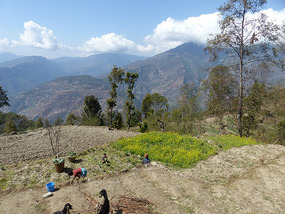

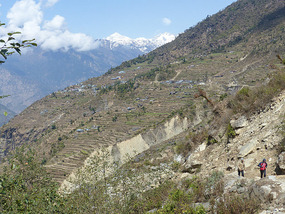
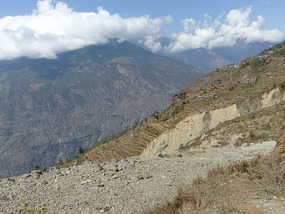




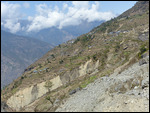
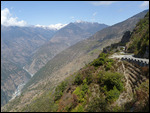
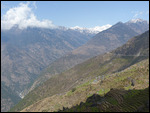
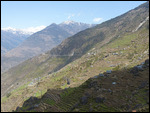
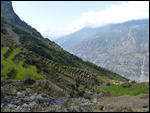
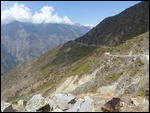
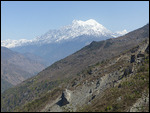
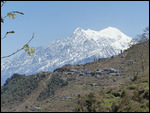
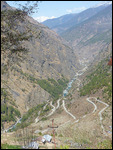
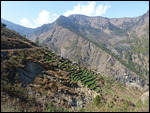
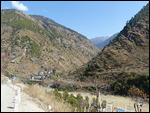
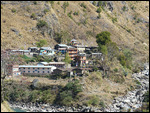
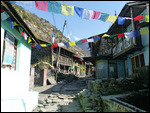
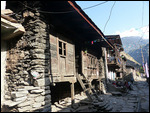
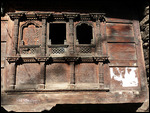
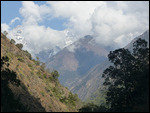
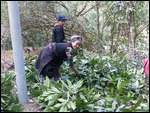
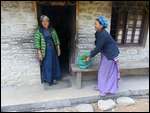

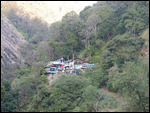
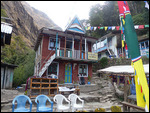
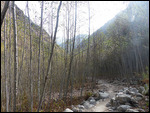
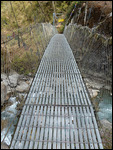
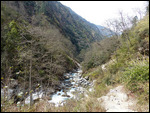
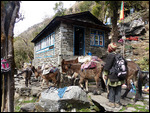
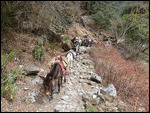
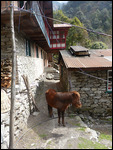

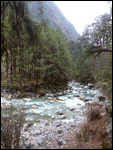

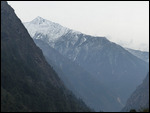
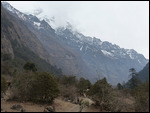
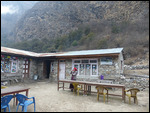
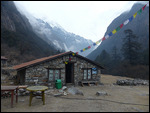
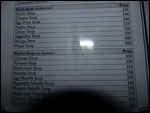
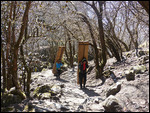
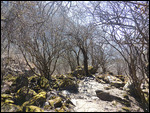
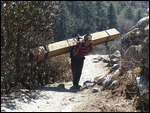
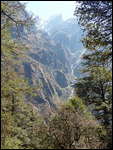
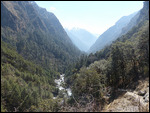
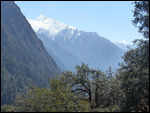
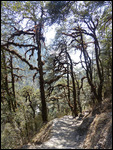
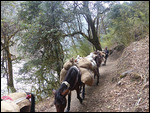
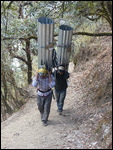
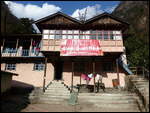
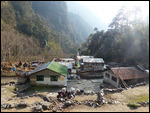
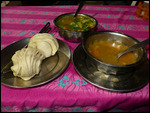
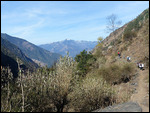

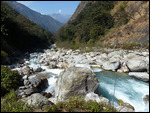
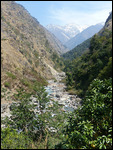
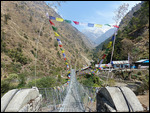
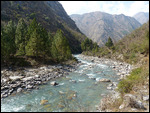
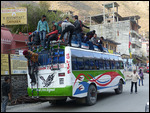
2025-05-22